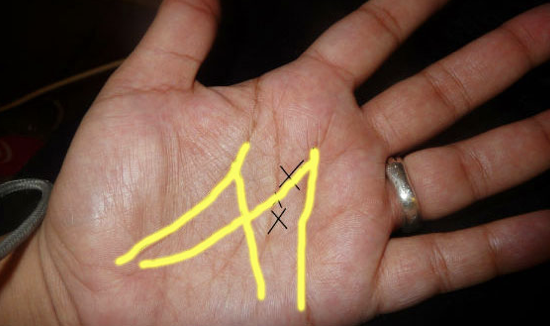Only 10% Of People Can Find All 9 Faces In This Painting. How Many Did You Find?
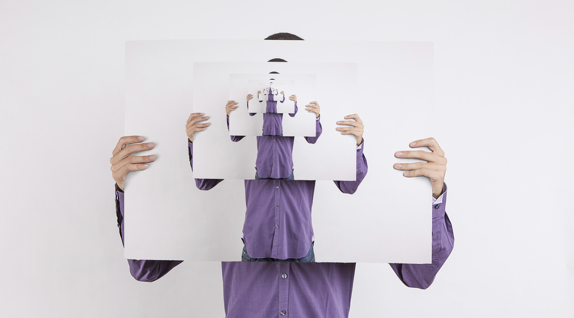
image via – shutterstock.com
Take a look at these images and test your powers of perception. If you can’t believe your eyes or get stumped, it’s because you’re looking at five optical illusions. By definition, illusions are images and sights which strongly disagree with physical reality.
When we suddenly realize that not all is as it appears, our brains light up, forcing us to pay extra attention to whatever it is that seems to be playing tricks on our eyes. It’s our brains that interpret and make sense of all the incoming sights and people love looking at optical illusions because they’re new challenges for us to figure out.
According to Aude Oliva, a cognitive research scientist at MIT, “Anything that is new and surprising is something we naturally like because it means that we may learn something from it.” It’s no wonder so many of us enjoy illusions, and the ones here are no exception!
Here’s a little background information about the interesting visual phenomenons we experience. When it comes to optical illusions, they are all about the eyes, our brain, and perception. Specifically, the eyes visually perceive an image which the brain then processes as either not fitting in line with or matching the stimulus source that it’s emanating from.
In other words, it is when you look at something and end up seeing something else that is completely different. You look at X but think you’re seeing Y. There are many different types of illusions and optical ones, also known as visual illusions, happen to be the most well known sub-category.
To experience some right now, check out the images below. They’re a fun way to exercise your mind and fool your senses, so have fun and enjoy!
Please SHARE This With Your Family and Friends 🙂
If You Keep Your Eyes On This Black Dot For Long Enough Prepare To Have Your Mind Blown!

image via – youtube.com
If you can’t believe your eyes, you may be looking at an optical illusion. That’s because optical illusions, by definition, are images or sights that strongly disagree with physical reality. When we suddenly realize that not all is as it appears to be, our brains light up and we pay extra attention to whatever it is that’s playing tricks on us.
Since it is our brains that interpret and make sense of all the incoming sights, we often love looking at optical illusions because they’re new challenges for us to take on and figure out. According to Aude Oliva, a cognitive research scientist at MIT, “Anything that is new and surprising is something we naturally like because it means that we may learn something from it.”
It’s no wonder so many of us enjoy illusions, and this one here is no exception! The video features a black and white image of Dunstanburgh Castle, a centuries old fort located on the sea coast of northern England. The directions that accompany the clip tell you exactly how to view the picture and all it requires is that you stare at the dot in the middle of the screen.
As the picture changes from black and white to color, and then back to black and white, your eyes will have a hard time keeping up with it. The cones in the retina of our eyes are responsible for color vision, but when you stare at the bright false color image that the picture switches to, they quickly become desensitized.
That’s why, when the black and white castle appears for the second time, it looks to be in full color. It is because our cones are still briefly sending color signals to our brain and need time to readjust to the new color scheme. After a few seconds they should have re-adjusted and you’re back to seeing the black and white castle.
Here’s a little background information about the interesting visual phenomenons we experience. When it comes to optical illusions, they are all about the eyes, brain, and perception. Specifically, the eyes visually perceive an image which the brain then processes as not fitting in line with or matching the stimulus source that it’s emanating from.
In other words, it’s when you look at something and end up seeing something else that’s completely different. You look at X but think you’re seeing Y. Generally speaking, there are many different types of illusions and optical ones, also known as visual illusions, happen to be the most well known sub-category. To experience one right now, check out the video.
It’s a fun way to fool your senses so have fun and enjoy!
Please Share This With Your Family and Friends
Can You Answer These Thoughtful IQ Questions Correctly?
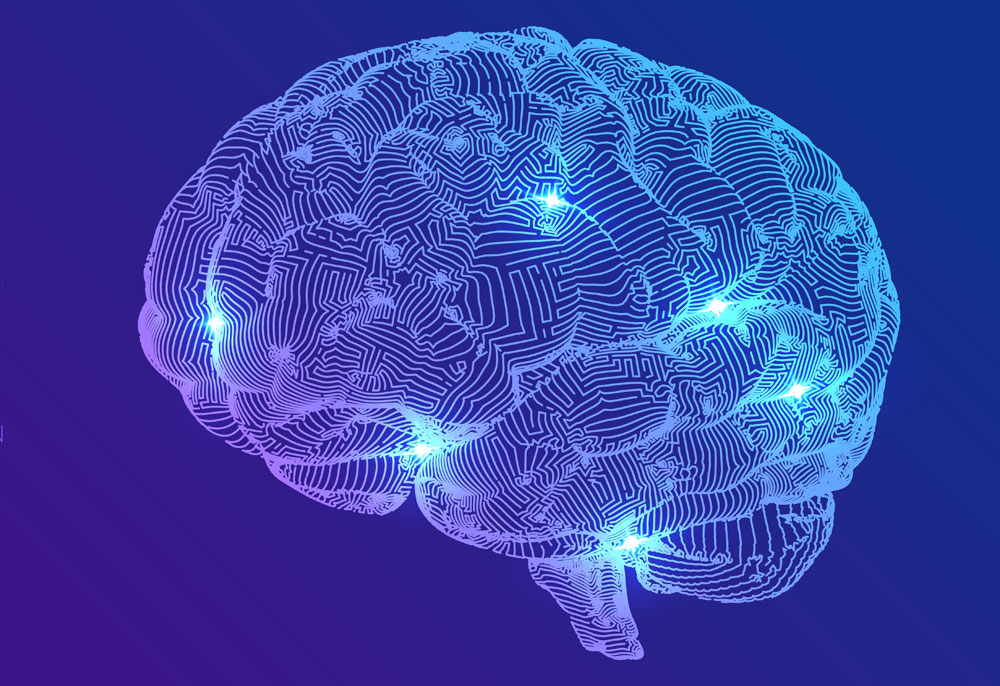
image via – shutterstock.com
IQ, which stands for intelligence quotient, is the supposed measurement of a limited sliver of the wide range of human intelligence based on the score resulting from specific standardized tests. About two thirds of the population have an IQ between 85 and 100, with about five percent scoring above 125.
Although IQ tests do not measure all types of intelligence, they are useful in that they create a standard by which intelligence can be compared amongst the population, which is useful in many fields of scientific study and education.
Scientific studies have shown links between a person’s IQ and that of their parents, showing that it is a genetically inherited trait to some degree. It has also been discovered that many populations have had a steady increase in IQ over time, which is called the Flynn Effect.
Since the early 1900’s, there has been an average IQ increase of three points per decade. IQ testing continues to be a helpful tool in the field of human intelligence research. One might argue that its use in education or in job placement might help to create pre-conceived notions that limit a person before they even have a chance, but it is also beneficial because it can allow individuals the different attention they might need.
For example, it can help in discovering learning disabilities or aptitudes that otherwise might have taken some time to notice, allowing a person to be placed in a more appropriate environment for their learning needs.
Some scientists believe that social IQ, rather than quantitative intelligence, is the driving force for the evolution of the human brain and therefore intelligence in general. Social IQ, according to its proponents, more accurately defines human intelligence since we are social creatures for whom successful human interaction can mean the difference between survival and its opposite.
Prior to our modern society, a person who would score high on an IQ test, but has low social IQ would be less likely to survive because they would be more likely to be ostracized by their group.
Take the test and find out if you can answer correctly! Let us know your results!
Please Share This With Your Family and Friends
What’s Your Psychological I.Q?

image via – playbuzz.com
Psychology is commonly known as the study of the human mind and behavior, and practically everyone knows a little something about it. After all, the amount of information that falls under the general category of “psychology” is vast, diverse, and ever-changing (depending on studies).
Some people may have studied psychology in-depth while at college, while others may have been exposed to its principles through the media. There are even a few who know about psychology only because they were diagnosed with some disorder that falls under it.
Perhaps you think you know more than the average layperson about psychology, or maybe you’re a little fuzzy on the subject and would like to see if you remember the core concepts. It may surprise some to learn that how much they think they know about psychology doesn’t actually match up to how much they actually do know.
If you want to test your psychological IQ, and know where you stand, take the test to get your score. And don’t forget to share with friends and family because it’s so much fun to compare results and talk about!
What score did you get? Let us know!
Please Share This With Family and Friends
What Is Your Strongest Mental Ability?
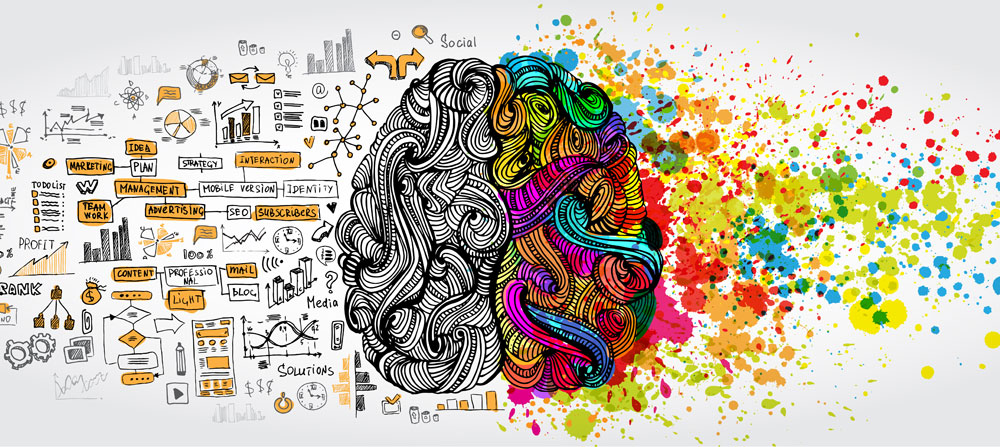
image via – shutterstock.com
Mental ability is defined as “the power to learn or retain knowledge.” Even though it sounds very simple and straightforward, it’s actually not. How we learn is complex and varies wildly from one individual to another. Some people approach new things and problems in a creative or hands on manner, while others are more logical.
Then there are those people who analyze every situation and possible outcome to it. And don’t forget their polar opposites, the rare few who panic and shut down in the face of an unfamiliar challenge.
Test to see what your strongest mental ability may be. Go explore beyond whether or not you’re right or left brained, and plumb the deeper parts of your vastly complex mind, who knows- the results may just surprise you!
What is your strongest mental ability? Let us know!
Please SHARE This With Family and Friends
VIDEO: This Guy Tells You To Stare At The Dot But The Something Very Strange Happens!
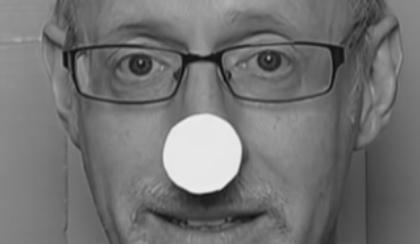
People often mistakenly think that what they see, or are viewing, is a direct representation of reality. What we are seeing is actually a translation of our external realities that has been formed by our eyes and mind. We see objects because they reflect light, which goes into our eyes where it’s focused and sent to the brain via the optic nerve.
The brain takes the information it receives from the eyes and translates it into the images which we are “seeing.” When you trick your eyes, you trick your brain, and that is a short way to explain the complex science behind some optical illusions. This video will give you a chance to do exactly that; try out an optical illusion, and see if it tricks your eyes!
Turn up the computer screen brightness and prepare your mind, body, soul, and especially your eyes, for an optical illusion experience. Fear not, there are no flashing strobe-like lights, sudden loud sounds, or scary images in this video. All you need to do is stare at the dark dot on the screen, which the man places on his nose.
Do your best to not move your head, eyes, or overall position, and this only lasts a few moments so it’s easy. Be sure to keep your eyes steadily focused on the black dot. After a short bit the video will turn from the odd color that it’s in to black and white.
Once the video changes over to black and white you should continue seeing it in full color for a few seconds. Then the colors will quickly fade and you’ll see it for what it is; in black and white shades. The black dot you were staring at is now white, did you pick up on that? The eye trick is achieved by over-saturating your eyeballs with certain colors, hence the strange background hues. When you expose your eyes for some time to certain colors your eyes will adapt to those colors.
When the picture switched over to black and white, your eyes were still perceiving the colored image and couldn’t immediately switch over, or adapt, to the new image. It takes a few moments for the brain to process the sudden changes and signals that the rods and cones in the eyes are sending it’s way.
This illusion is really neat and hopefully you had fun trying this! Check out videos like this and more at magician, author, and psychologist Richard Wiseman’s YouTube channel, Quirkology.
There are all sorts of mind bending and magical things that you can learn from him!
Please Share With Friends On Facebook

